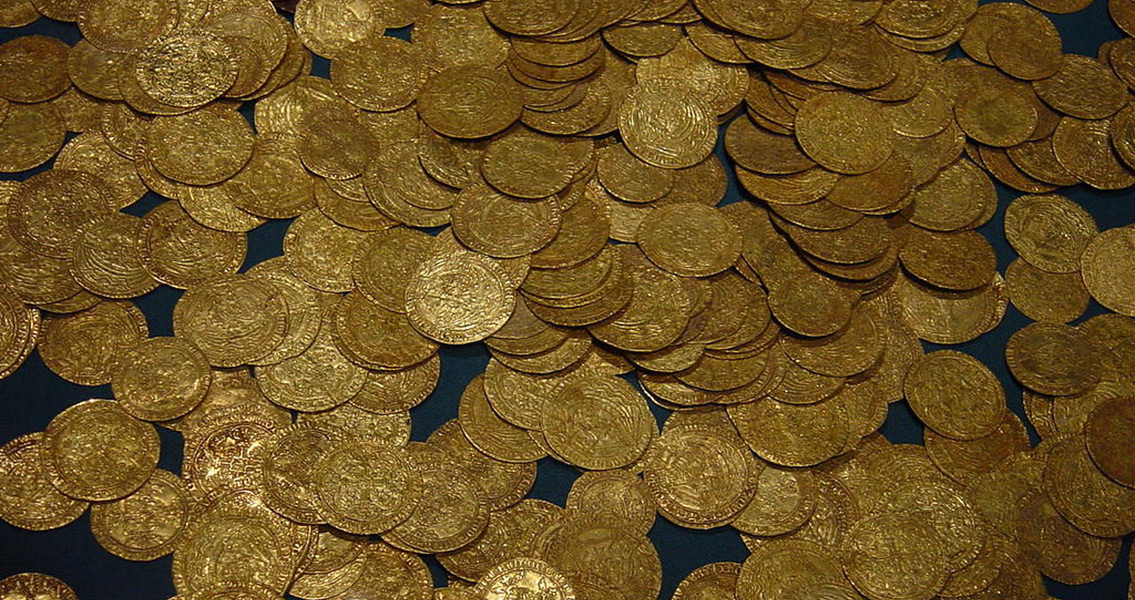<![CDATA[After winter storms had stirred the sands off of the Israeli coastline near Caesarea, an amateur scuba diving club uncovered the biggest collection of gold coins ever found. The coins are believed to be a thousand years old, and created by the Fatimid Caliphate, which ruled the Mediterranean and many surrounding areas including North Africa. The coins were found in Caesarea National Park, which is an archaeological heritage site, intended to preserve the remains of the ancient city of Caesarea. King Herod the Great founded the harbor city of Caesarea during the first century CE. It used to be a thriving and very prosperous port, playing an integral role in the Fatimid's trading empire. Ironically, when the scuba divers first saw the coins, they thought they were toys made of plastic. After taking a closer look however, they soon realised what they had found. Honorably, the club's leader reported the find to the Israel Antiquities Authority, who then returned to sweep the site with metal detectors. The Antiquities Authority soon found a huge collection of gold coins, in fact, the largest trove of gold coins ever discovered in Israel. All in all, around 2,000 coins were uncovered, and despite having spent 1,000 years underwater, they were found to be in pristine condition. They were in such good condition, that they did not even require any refurbishing or restoration. The Caliphs who ruled the Fatimid Kingdom minted the gold coins, and the oldest of the coins were created in Sicily in the ninth century CE. However, the Caliphs, Al Hakim and Al Zahir, who ruled between 996 CE and 1031 CE, created most of the uncovered trove. Some of these same types of coins were still circulated decades later, around the time the first crusaders arrived in Jerusalem, in 1099 CE. Currently, it is unclear how these coins, which came in denominations of dinars, half dinars, and quarter dinars, came to rest on the ocean floor. However, it is known that the collection would have represented a gargantuan sum during its circulation a thousand years ago. For example, according to data found in Cairo Geniza, which houses a plethora of Jewish documents found in the storeroom of an ancient Synagogue, the ransom for several captives would have cost hundreds of dinars. Interestingly, a good number of the coins contained teeth marks, suggesting their authenticity had been tested by traders. Gold is a very soft metal, so it is very easy to leave impressions in coins made from it. Some of the coins displayed the wear and tear of general usage, while others seemed to have been recently minted at the time of their burial. The most likely scenario to explain how the coins ended up off the Israeli coast is that either a merchant ship or tax ship sank off the coast of Caesarea. Image courtesy of Wikimedia commons user: Saperaud]]>
Stash of Gold Coins Found in Israel by Amateur Scuba Divers
